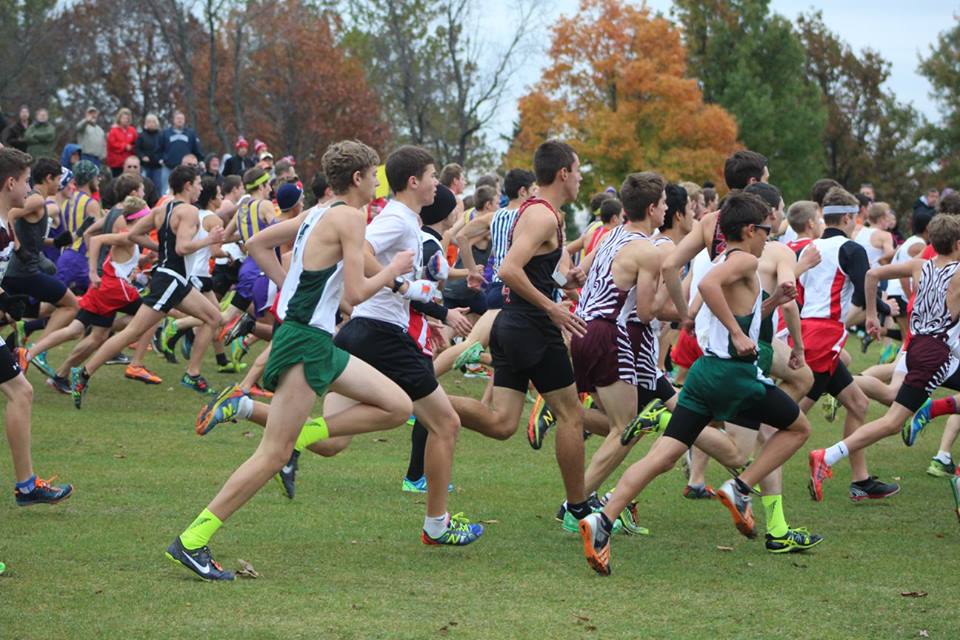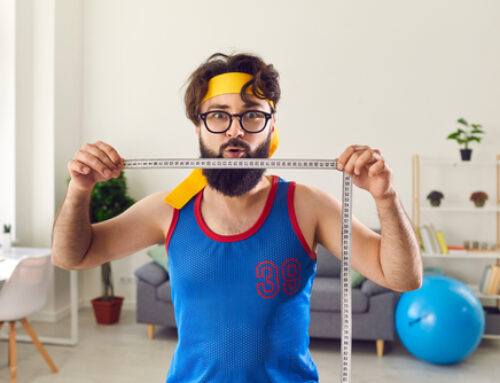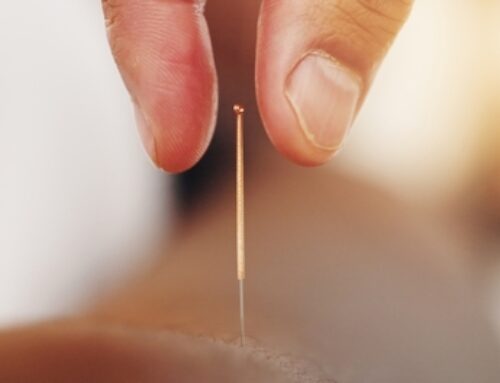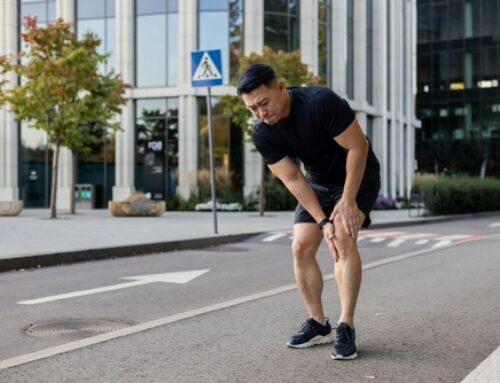Endurance athletes are among the healthiest human beings on the planet. They eat right, exercise, and work hard to get adequate rest. This well-oiled machine is capable of amazing feats when it is tuned properly. However, injuries still accrue despite the fact that the cardiovascular system may be in top-notch condition, muscles are well toned, 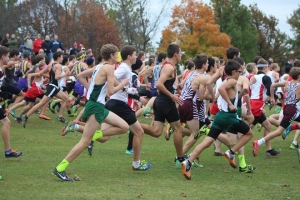 and body fat is minimal. Over months and years, intense training is bound to cause underlying injuries, especially in the soft tissues. Although individuals may benefit their overall health by exercising year-round, small micro-tears and adhesions occur, which over time can become an athlete’s “Achilles heel.”
and body fat is minimal. Over months and years, intense training is bound to cause underlying injuries, especially in the soft tissues. Although individuals may benefit their overall health by exercising year-round, small micro-tears and adhesions occur, which over time can become an athlete’s “Achilles heel.”
Today more than ever, runners are aware of how weakness in the “core” of the body can negatively influence lower extremity biomechanics and running performance. The “core” is made up of the lumbar spine, pelvis, and hip region. Optimal core function involves both mobility and stability. When the core is functioning efficiently, advantageous length-tension relationships are maintained, which allow the runner to produce strong movements in the extremities. More importantly, proper core stability can help maximize running performance, maintain the center of gravity over the base of support, control lower extremity limb motion while running, and help prevent running-related injuries.
If injury occurs, a specific treatment strategy needs to be employed. More often than not, the old treatment prescription of rest, ice, compression, and elevation (RICE) is not sufficient to effectively treat, eliminate, and prevent running injuries. This is where Active Release Technique® (ART®) comes into play. A movement-based treatment for the soft tissues, this technique has become world renown in the elite running and triathlon crowds. ART® is unique in that it involves manipulation of the muscles, ligaments, fascia, tendons, and nerves using a manual contact. It is known for its ability to quickly improve tension and motion of the affected tissues and produce fast pain relief and performance improvement. Chiropractors often endorse this form of treatment because it is highly effective and stays consistent with the desire to treat the whole body.
 ART®—the Perfect Tool For Running Injuries
ART®—the Perfect Tool For Running Injuries
Running injuries are typically chronic due to improper running biomechanics that result in the buildup of scar tissue. Over time, through the repetitive stress of training, the scar tissue becomes thicker and stronger. This can quickly lead to injury and performance deficits. ART® helps break up that scar tissue and restore normal function. By allowing the muscles to function more efficiently, the athlete becomes faster and gains stability.
Since endurance athletes hate to be sidelined, regular physical maintenance and injury prevention is an important aspect of the athletic lifestyle. Think of ART® as massage’s crazy cousin that works harder, faster, and more efficiently. ART® involves intense, active, movement-based massage treatments, which set it apart from passive massage techniques. There’s ample evidence to show that ART® promotes faster recovery, promotes restoration of normal tissue function, and prevents injury when compared to other forms of manual therapy.
There are more than 500 established treatment protocols for the entire body; however, ART® is anything but standard. It’s quite literally an art. Instead of treating a general area, the provider uses his hands to feel for abnormal or damaged tissue in muscle, fascia, tendons, ligaments, or nerves. Damaged tissue, namely scar tissue, has two causes: acute trauma, such as a tear or pull, and overuse or chronic injury, which is an accumulation of micro traumas, or small tears that occur repeatedly.
Abnormal tissue can go unnoticed by an athlete or it may manifest into injury. Symptoms of damaged tissue are tightening and shortening of the muscle. This impairs performance due to a loss of mobility, restricted range of motion, and loss of strength. Other side effects include poor biomechanics, overcompensation in other body parts, nerve entrapment, tendonitis, and lack of oxygen supply to an affected muscle.
Once the problem areas are exposed, the fun begins. The ART® provider applies intense and repetitive movement-based massage techniques to release the buildup of dense scar tissue, restore normal function, and decrease intense pain. Incorporating movement allows tissue to heal in the correct patterns. Still, every patient responds differently to ART®. Some heal quickly, while some experience soreness after treatments.
The Second Phase of Repair – Rehab
Once the scar tissue is released, a comprehensive rehab program begins. Rehabbing the muscle strength and the nervous system’s control and integration and improving endurance should be the goals of each athlete’s program. The days of simply running long distances to become a better runner are over. Athletes must cross train if they plan to keep up with the competition. The most important muscle group that a runner must address involves “the glutes.”
The glutes are necessary in every movement. They are a prime mover, propelling the body forward while stabilizing the back and hip during trunk and shoulder movements. The glutes are essential for good posture, lifting, walking, throwing, sitting, running, standing, squatting, lunging, climbing, and even sleeping. They are almost constantly in use.
The glutes are made up of three muscles:
Gluteus Maximus—The largest muscle of the body. Used for power, strength, and upright walking. When the g. max is weak, pain is often felt in the low back, anterior hip, and the calf/Achilles.
Gluteus Medius—The “rotator cuff” of the hip. Its main function is to provide lateral stability of the hip and knee. When it’s weak it will lead to Iliotibial band syndrome, medial knee pain, peroneal tendonitis, and plantar fasciitis.
Gluteus Minimus—Important for walking and used for balance stabilization. Problems with this muscle can lead to a limp, hip pain, knee pain, and loss of balance.
A complete running strategy includes more than getting into enough shape to run a specific race. Take a look at the athlete as a whole system. The athlete needs the correct fuel in the form of good nutrition. The athlete needs a sturdy foundation with a strong core musculature. The system needs to be coordinated properly by the brain and nervous system to provide balance and optimal proprioceptive feedback. The system has to be trained properly with the goal of peaking at just the right time to excel at the targeted endeavor. Finally, the system has to be maintained and occasionally overhauled to keep it healthy so that it can perform at a high level for a long time. An athlete is a high-performance machine that requires a lot of work, but has the potential to do some amazing things.
Are you an endurance runner? Or do you run for the natural endorphins and break from the stress of life? Whatever the reason for running, we would love to extend an invitation to our FREE running seminar on Tuesday, December 8, at 6:00pm.
Call the front office of our Roanoke, Virginia office to register. 1-540-344-1055.

Dr. Daryl Rich, DC, CSCS

